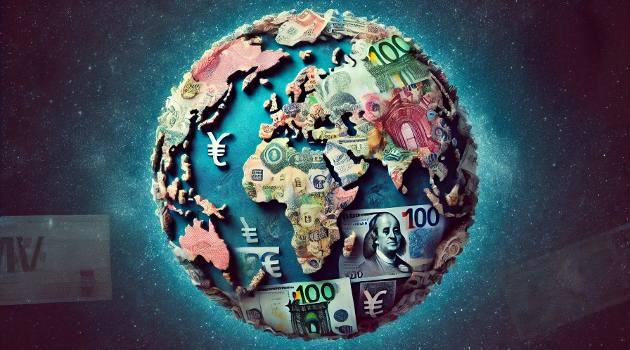When I debate with supporters of Trump’s protectionism, their most common talking point is that other nations take advantage of the United States because we allow their companies to sell goods and services without restriction.
By contrast, they impose barriers to American exports, meaning there is not a level playing field.
Trump, they claim, is simply pushing to make things equal.
Is this true? Well, I’ve crunched the numbers, using trade data from the Heritage Foundation, the Fraser Institute, the World Trade Organization, the World Bank, and the Tholos Foundation.
The good news is that the United States ranks in the top half of all five measures. The bad news is that America is not the world’s most free-trade nation. The United States isn’t even in the top-10 in any of the rankings.
Heck, we’re only in the top 50 in one of the rankings, the one for the World Trade Organization‘s calculation of average applied tariffs.

The bottom line is that Trump and his supporters are wrong. Many of America’s major trading partners (but not China!) treat American goods and services better than we treat theirs.
So why is trump starting a global trade war and putting America’s economy at risk?
The answer is that he mistakenly thinks that trade deficits exist because other nations somehow are being unfair.
In reality, a trade deficit is simply the mirror image of an investment surplus. Simply stated, when foreigner earn dollars by selling goods and services to Americans, they often decide that the best use of those dollars is to buy American stocks, American bonds, and American real estate.
In general, that’s a sign of America’s economic strength (see here and here for more details).
P.S. Unfortunately, in addition to making investments that help finance private sector growth, some foreigners buy U.S. government debt (and politicians in Washington are generating lots of red ink). So not all of the investment surplus is used productively.

